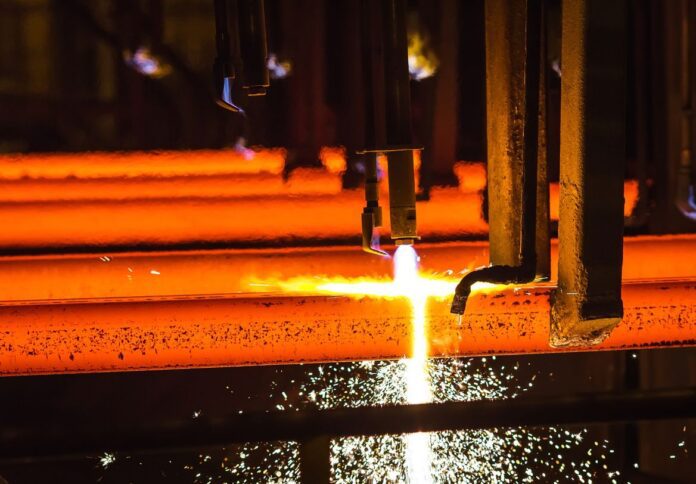
Australia is poised to play a key role in reducing global carbon emissions and reaping billions in export revenue through the utilisation of green hydrogen for the manufacture of green steel, ammonia, cement, eFuels, and mining explosives, according to a report from global consultancy firm Partners in Performance.
Brian Innes, a partner at the firm, suggested that Australia’s emerging green hydrogen industry should shift its focus from merely exporting the carbon-neutral fuel and instead prioritise its use in local production processes, particularly in traditionally carbon-intensive products meant for export.
Industries such as steel production, shipping and aviation fuels, fertilisers, explosives, and cement collectively contribute over 25 per cent of global greenhouse gas emissions.
By transitioning to locally produced green hydrogen, Australia can significantly cut its upstream emissions while supplying the global market with cleaner alternatives.
Innes emphasised that Australia’s abundance of land, sunlight, and wind resources can support the production of renewable energy for green hydrogen, enabling the local manufacturing of products that other countries typically produce with significant carbon footprints.
He pointed out that countries will no longer rely on Australian coal and liquefied natural gas (LNG) for manufacturing, reducing their greenhouse gas emissions from these sources.
Australia, as the world’s largest exporter of metallurgical coal and with over 55 per cent of iron ore exports, has the potential to make a significant impact on the emissions generated by steel, ammonia, eFuels, mining explosives, and cement production worldwide.
“In essence, we have the potential to make a substantial impact on a quarter of global emissions through the provision of green iron, green ammonia, green eFuels, green mining explosives and green cement,” Innes said.
However, Innes underscored the importance of regulatory support to drive the growth of green hydrogen.
He suggested that regulations could be implemented to encourage the use of eFuels by ships visiting Australia and to set quotas for the percentage of locally produced steel using green hydrogen.
Green ammonia production, an application of green hydrogen, has potential markets beyond fertilisers and could be utilised as a liquid fuel for shipping, responsible for three per cent of global emissions.
“Australia keeps beating itself up about whether it can meet its emissions targets and yet it possesses the means to not only drive down global emissions but also generate substantial export earnings amounting to many billions of dollars,” Innes concluded.


















